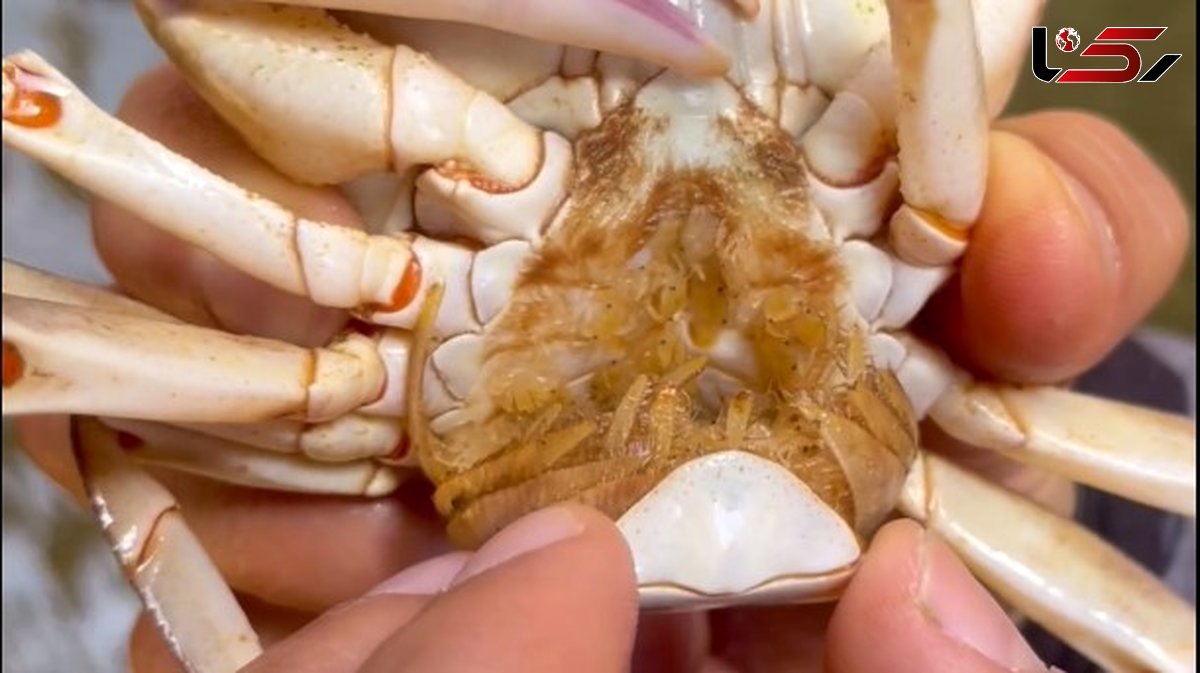Rokna Reports:
Explosive Growth of Crabs Threatens Ecological Balance of Rivers/Food Waste Dumping Among Main Causes + Video
The unchecked growth of crab populations, driven by habitat destruction and human behavior, has disrupted the ecological balance of rivers.

Rokna Social Desk; According to Rokna’s social affairs correspondent, female crabs possess a unique structure beneath their abdomen known as a "brood pouch"—a protective sac where they carry and safeguard their eggs and larvae. This biological feature plays a vital role in the reproductive process, ensuring that the young develop in a safe environment, shielded from predators and environmental hazards until they are capable of independent survival.
After mating, a single female crab can carry up to 180,000 eggs within this pouch. Thriving primarily in freshwater environments nationwide, these crabs have multiplied to such an extent that in some regions, their numbers now exceed those of native fish species.
However, this dramatic population boom has now become a serious environmental concern. Initially feeding on fish eggs and fry, the crabs' numbers surged following the introduction of farmed fish species into rivers by fisheries organizations. This, combined with the decline of native fish populations, has created ideal conditions for the crabs’ explosive growth.
Mohsen Rezazadeh, an environmental activist, told Rokna:
“Locations like Ali-Kalleh Park in Dezful and the Dez River have become major breeding grounds for these crabs due to irresponsible human behavior. After picnics, people often dump leftover food into the rivers. For crabs, these food scraps are a delicacy, accelerating their reproduction and population growth.”
He added with concern:
“During summer months, the volume of food waste increases significantly, leading to an explosive rise in crab numbers, which poses a serious threat to the ecological equilibrium of the river systems.”
Other contributing factors include the destruction of freshwater sources, especially natural springs, river diversions, uncontrolled dam construction, and the discharge of domestic and industrial wastewater into rivers—all of which have degraded natural habitats and endangered various aquatic species.
Send Comments